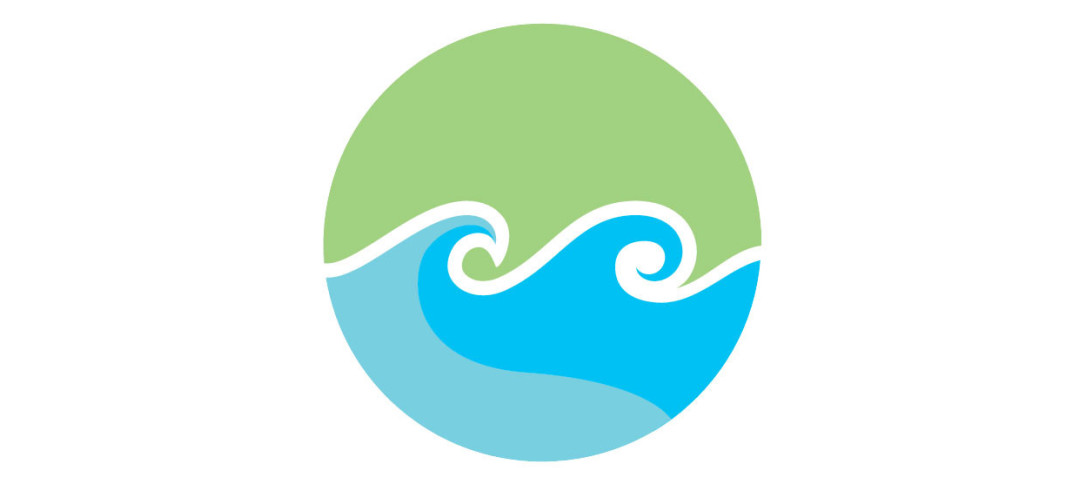
Abstract: With a growth in demand for renewable energy, fixed offshore wind has grown rapidly and formed a significant part of many countries’ renewable energy mix. As a result, floating offshore wind is being developed in order to expand offshore wind capacity into deeper water depths, where there are stronger and more consistent winds. The design of offshore structures has also been very important historically in the oil and gas industry. It has recently been shown that the present deterministic design methods do not accurately reflect the physics of the applied environmental loading. Therefore, it has been increasingly significant to understand the underlying physics of loading mechanisms on offshore structures, to improve the current design standards and to develop design standards for novel structures that incorporate best practice. To begin to understand the areas in which present design procedures are lacking, the aim of my research is to improve the understanding of the underlying physics of the mechanisms which govern the loading and response of offshore structures.
I will present the background and the formulation of my research objectives regarding the first series of experimental investigations I have been conducting, which looks at free surface effects and its impacts on loading estimation near the wave crest on fixed cylinders. I will cover preliminary results and what this means for loading on offshore structures.


